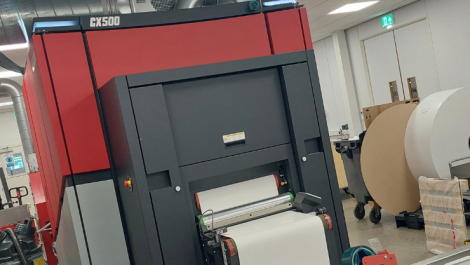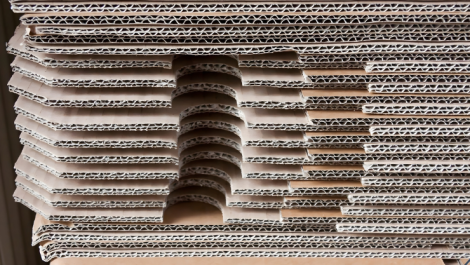This year corrugated packaging is 130 years old, but it is the future that Confederation of Paper Industries (CPI) Corrugated Sector says its members are looking to with significant investment in new plant and technology to ensure it rules for another century.
Corrugated material has come a long way since 1871 when it was first developed in the United States for wrapping fragile items such as bottles. However, it was another American, Robert H Thompson, who patented the machinery to produce corrugated board in 1882. In doing so, he is credited with becoming the grandfather of the modern corrugated industry.
Now this flexible material is a billion pound industry that protects more than 75% of UK goods in transit and is the world’s favourite form of packaging.
However, it has evolved to meet the requirements of customers and government legislation for efficient and practical packaging solutions throughout the entire supply chain. Thanks to the industry’s significant investment in automation for greater efficiency and advanced printing techniques of up to six colours, corrugated packaging has been transformed from a simple box for conveying goods, to attractive shelf ready packaging with eye catching promotional graphics.
Innovative designs, such as packs that can be formed automatically when pressed from opposite corners, and laminated boards to enhance print work are meeting the demands of retailers for easy to handle, attractive, and environmentally sound solutions.
In addition to clever packaging and branding options, the corrugated industry is proud to make use of a sustainable and renewable material, over 80% of which is recycled, saving an area the size of Greater London from landfill every four months.
While modern society has embraced the environmental agenda relatively recently, the recyclability of corrugated packaging meant that it was already setting the environmental agenda long before recycling became a buzz word.
CPI’s director of Packaging Affairs, Andy Barnetson, believes that this forward looking approach is part of the reason that corrugated is still the most popular form of packaging after 130 years.
He compares the investment that is taking place in corrugated with the ‘sea change’ in the cinema industry that transformed the old ‘flea pits’ of the 70s, into today’s multiplex cathedrals of celluloid choice.
‘Cinemas have changed radically over the years and are now entertainment centres thanks to investment in multiplexes for a multitude of film choices. Corrugated has been similarly transformed over the years from a conventional box for transporting goods, into a complete supply chain solution offering not only protection, but space efficiency, sustainability and full colour.
‘The industry has been keen to engage stakeholders and so has adopted 21st century methods, such as technology that allows customers to place orders online at 24 hours notice and then being able to track them through to delivery.’
This ability to move with the times to meet customers’ changing requirements is reflected in the results of a survey of companies commissioned by CPI that showed the importance businesses place on corrugated shelf ready packaging (SRP).
The poll of 100 companies found that 79% of respondents rated corrugated SRP as their first choice packaging material, 80% thought it was either very important or critical to the future of their business and 83% agreed with the statement that ‘corrugated SRP helps promote products or brands in store’.
Corrugated packaging’s 130 year anniversary may not attract the same attention as other events in the UK this year, but it still remains the nation’s favourite packaging material.




